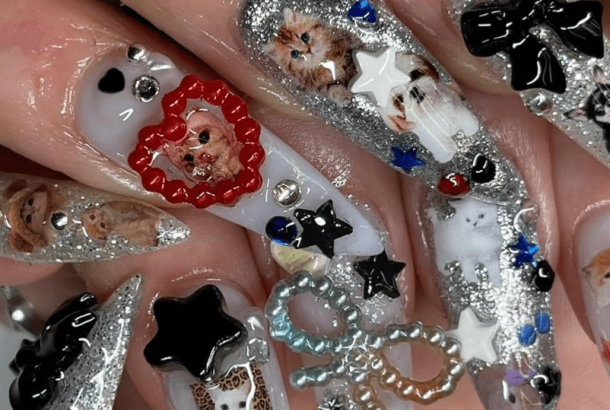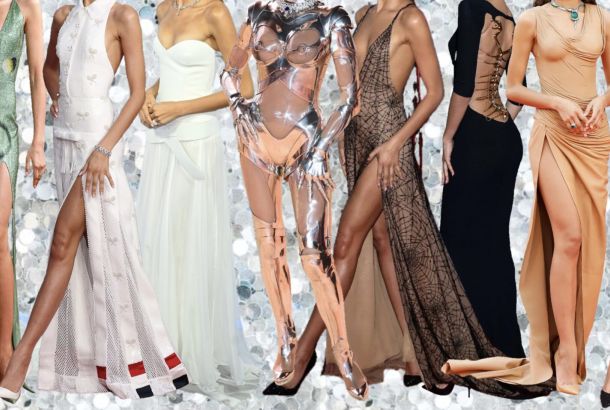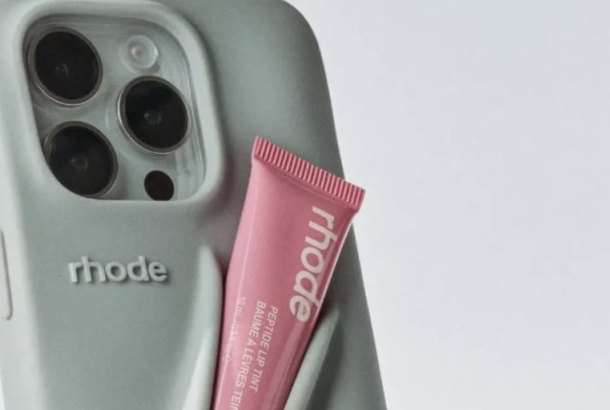Interview: Tiko Afrika
By Tobias Soar

As I walk into Chirstie’s Bistro, Jaime — Spanish second-year Economics and Politics student at the University of Manchester — waves at me from across the room. He introduces me to Gitahi — also a second year at UoM but of Kenyan origin and studying International Management. Both lads were cheery and confident. Before starting our interview, Gitahi ordered a mocha — his go-to, always, he jests — and Jaime took a slice of cake. We sat down on some leather sofas in a corner of the cafe and started our conversation.

How did you two meet?
Jaime: It’s funny, he [Gitahi], lives in a private accomodation, across the road from where I lived at Hulme Hall. I have a lot of friends there so I used to pop over there a lot. Gitahi…he’s a cool boy.
When did you guys decide to start Tiko?
Gitahi: We decided to start two years ago. It was with a friend of mine from high school, in Kenya. We finished school and say “we need to do something”, we sat down and decided to make bags out of Africa. We realised, especially coming from Kenya, that a lot of the commodities in the market are coming from Europe. There’s not really products inspired by African culture and materials. So we set out to look for people who could do the actual work.
What was the biggest challenge you came across when starting Tiko or even bringing it over to the UK with Jaime?
Jaime: I think the biggest challenge is, because the bags are unique but alternative, creating a trend in the European market so they see they cool-ness of the bag.
Gitahi: It’s building the brand name. Particularly credibility. To start the production process and put all the factors together, that wasn’t difficult. I can say that was probably the simplest part of the whole thing. […] Whereas now, the difficult part is actually getting to consumers and convincing people that “look, this is cool. It’s a brand you can trust.”
Jaime: Of course, it’s easy for us to sell bags from our online shop but we’d like to sell to actual shops. They could buy from us, say, 30 or 40 bags a months and this actually gives you a stable production but this is very difficult because either shops don’t know the brand or they don’t think customers are going to like it. So you have to convince them through people wearing the bags on social media to show that the trend exists.
As you were saying about generating demand, backpacks seem to be coming back in style but, as you can see, the minimalist trend seems to be what people are going for. What are your thoughts on backpack culture?
Gitahi: For example, in Kenya, that’s what’s keeping the business afloat because there’s a tendency for people to accept colour into their garments, whereas in Europe, or the west in general, people’s’ perception of colour in their garments is very conservative. The most interesting part is being able to get people to see “yo, that’s actually cool, man! I can actually put this on and I don’t look like a hippie.”
On the subject of colours, streetwear is becoming a much bigger trend, as you’ve probably noticed, and some brands – especially Nike, Adidas, Palace and Supreme – are bringing back the loud colours from the 90s. People are starting to like flashy sneakers and flashy jackets. What’s your thought on this trend of colours slowly being brought back into the market?
Gitahi: I think this is the representation of our generation. People are not fixed on tradition any more, people aren’t fixed on others’ perception on them. Therefore, people are open to new ideas. We need to take advantage of that.
Jaime: I think that people also very attracted by the “hipster” style. What makes Herschel so attractive, or the Danish brand Fjällräven? It’s that they’re completely different. Fjällräven has a kind of square shape for their backpacks and the Nordic colours they have brought into life. Or Herschel has brought this old American style of backpacks and people actually buy them because they want to be alternative. Our backpacks look happy and alive. We want to show people that you can be alternative by wearing our stuff.
Talking about our generation, nowadays, companies are pushing durable garments that technically last for life. On your website you mention durability as a selling point. Are you pushing to make “bags for life”?
Gitahi: For life would be pushing it because you also have to take into consideration wear-and-tear. For example, this bag [pointing to his orange backpack], I’ve used it for over two years. It’s one of the first we produced and I wanted to see how it wears, how long it lasts. We use 3 layers of denim and I’ve come to see that it’s not heavy but it’s strong. You want something that lasts for at least two years – or longer. I can ascertain that we’ve made something that gives you service to a point where you’re satisfied with it. […] We don’t make more than 10 bags of any particular fabric, therefore, if you’ve used your bag for a year you can come back and find new fabrics and different designs. The uniqueness in the fabric makes it look like a totally new bag.
Jaime: We don’t want to be like Herschel or Eastpak where you can always find your bag. […] When you buy your grey Eastpak bag, you know that 2,000 people at your university probably have the same bag. Our “10 bag per template” formula makes it so not only are you wearing Tiko Afrika but you’re also unique.
What’s the story behind the designs?
Gitahi: I’ve not only fixed myself to finding fabrics from Kenya, I’ve also got fabrics from Ghana, Tanzania… A lot of these fabrics came from stuff that women wore and used to make dresses. We need to be colourful people and I want to translate that into our dress. I have lived in Africa all my life and in my travels to Europe and America I have come to understand that people’s perception of Africa is dull. It’s not doom and gloom in Africa. We can make products that you can buy.
What’s next for Tiko? Are you going to venture into fanny packs or shoulder bags?
Gitahi: For me the future is heavily dependent on being able to prove to people that we can be trusted. The transition into other products is an organic evolution but in the near future we are sticking to our current plan. We simply need to get our name out there.
Jaime: We’re looking to expand on social media, especially influencers. Also, as I said earlier, getting shops to sell our products is crucial because they can feel and see the product and understand the change. In Spain, for example, this would be a perfect summer bag.
Before we parted ways we had a short photoshoot around the Old Quadrant of the university. Seeing the determination in their eyes but, above all, the confidence in the way they spoke about their brand, I knew that Tiko Afrika has a bright future ahead of it as a trustworthy, original brand.
Find Tiko Africa on their website tikoafrika.com, Instagram @tikoafrika and Facebook.







